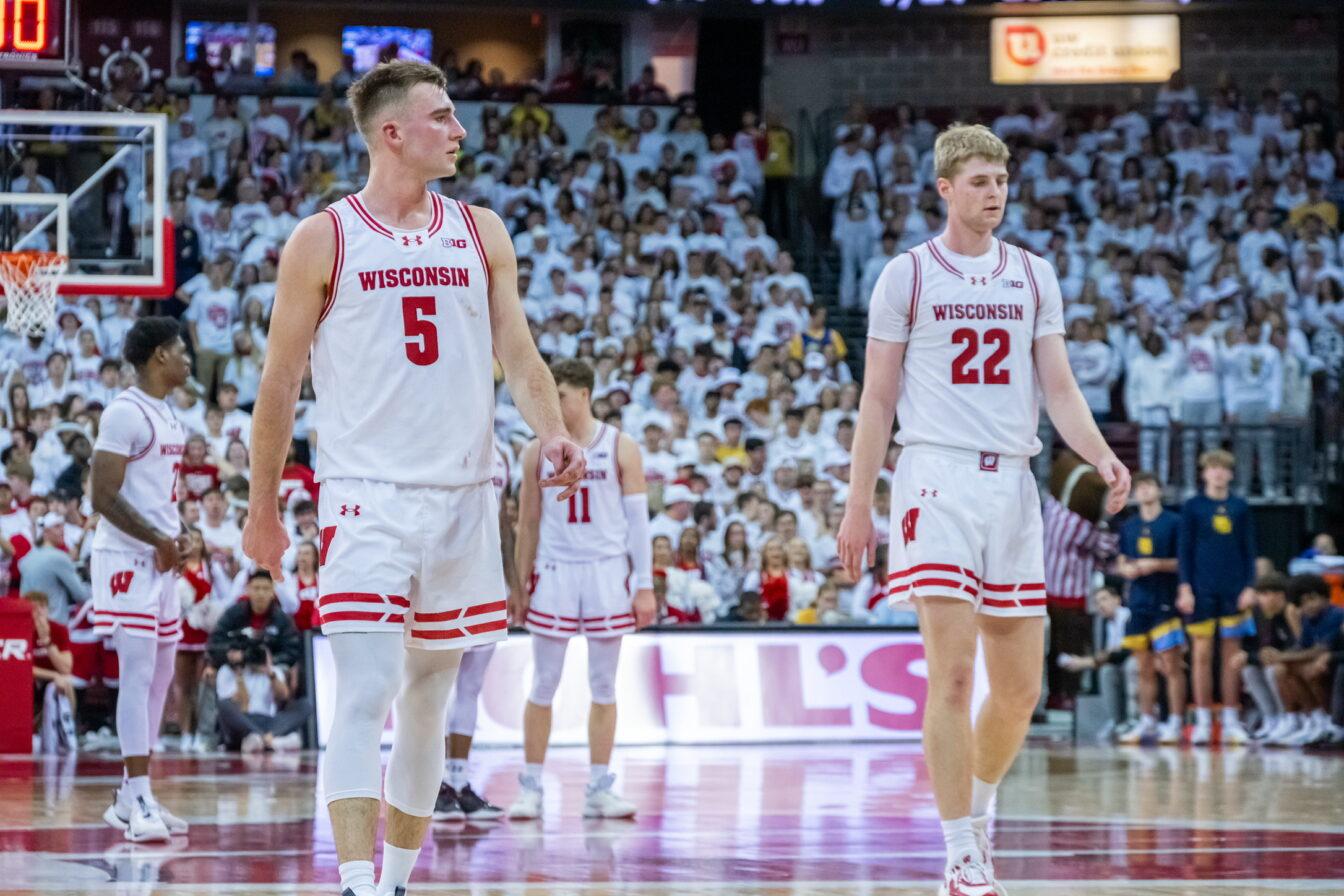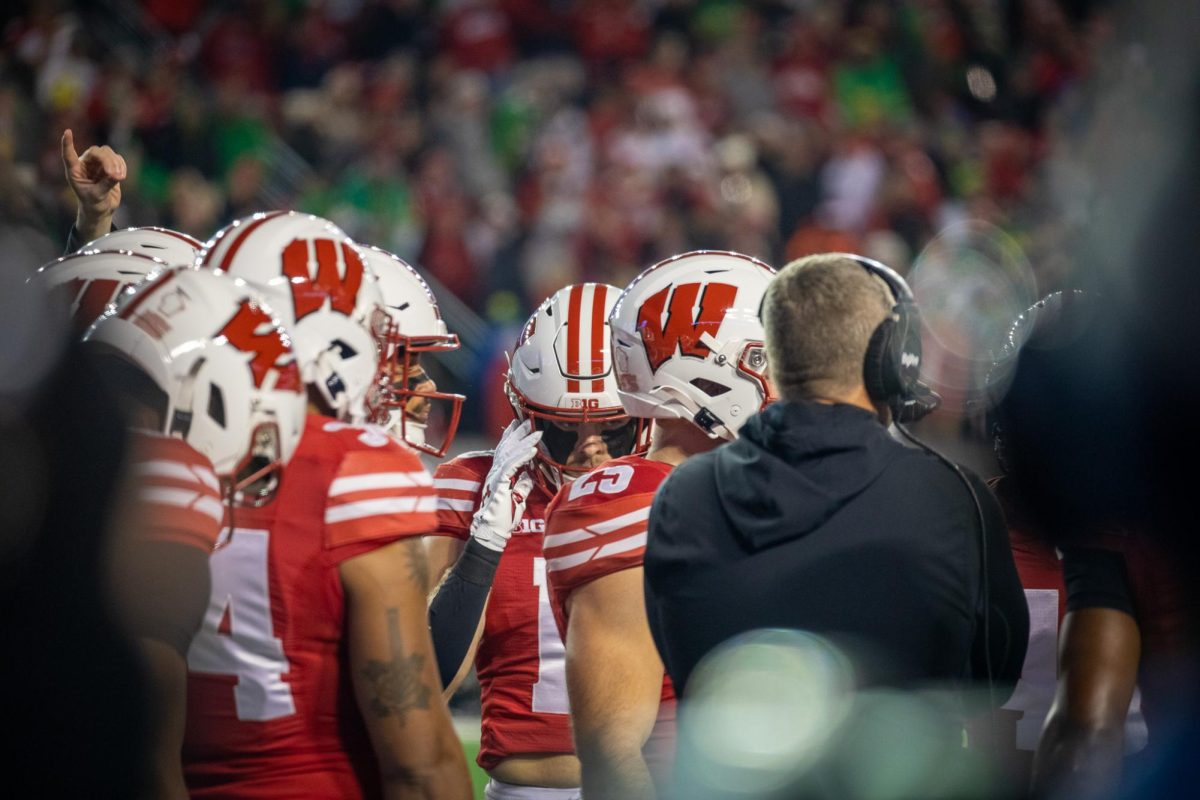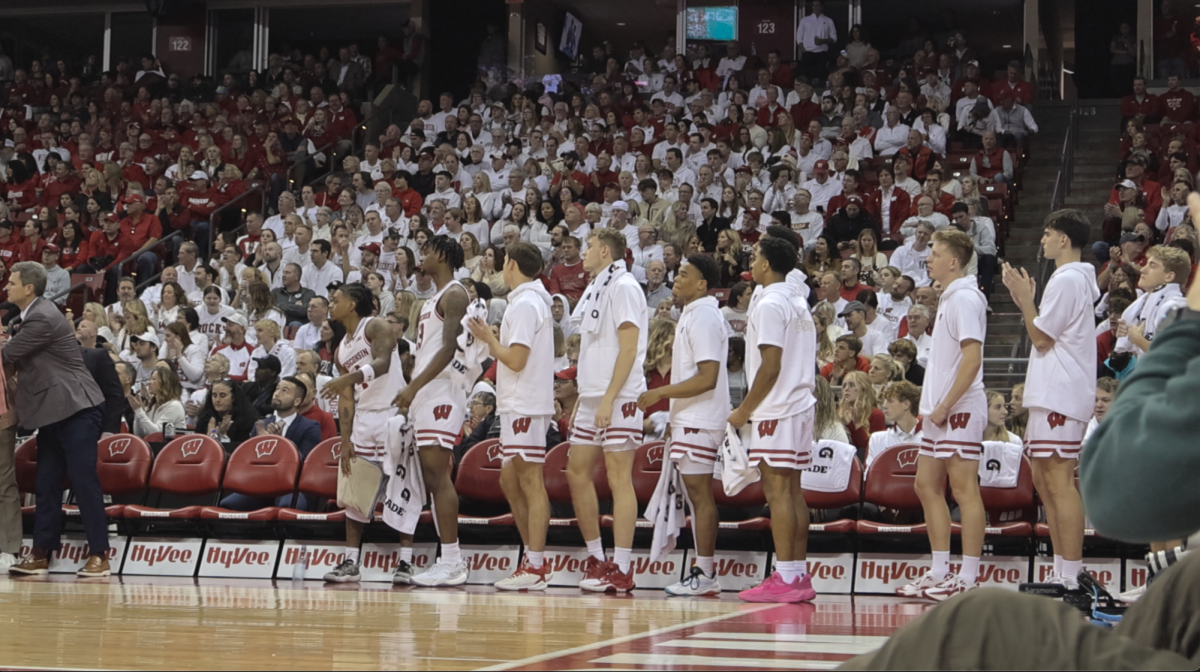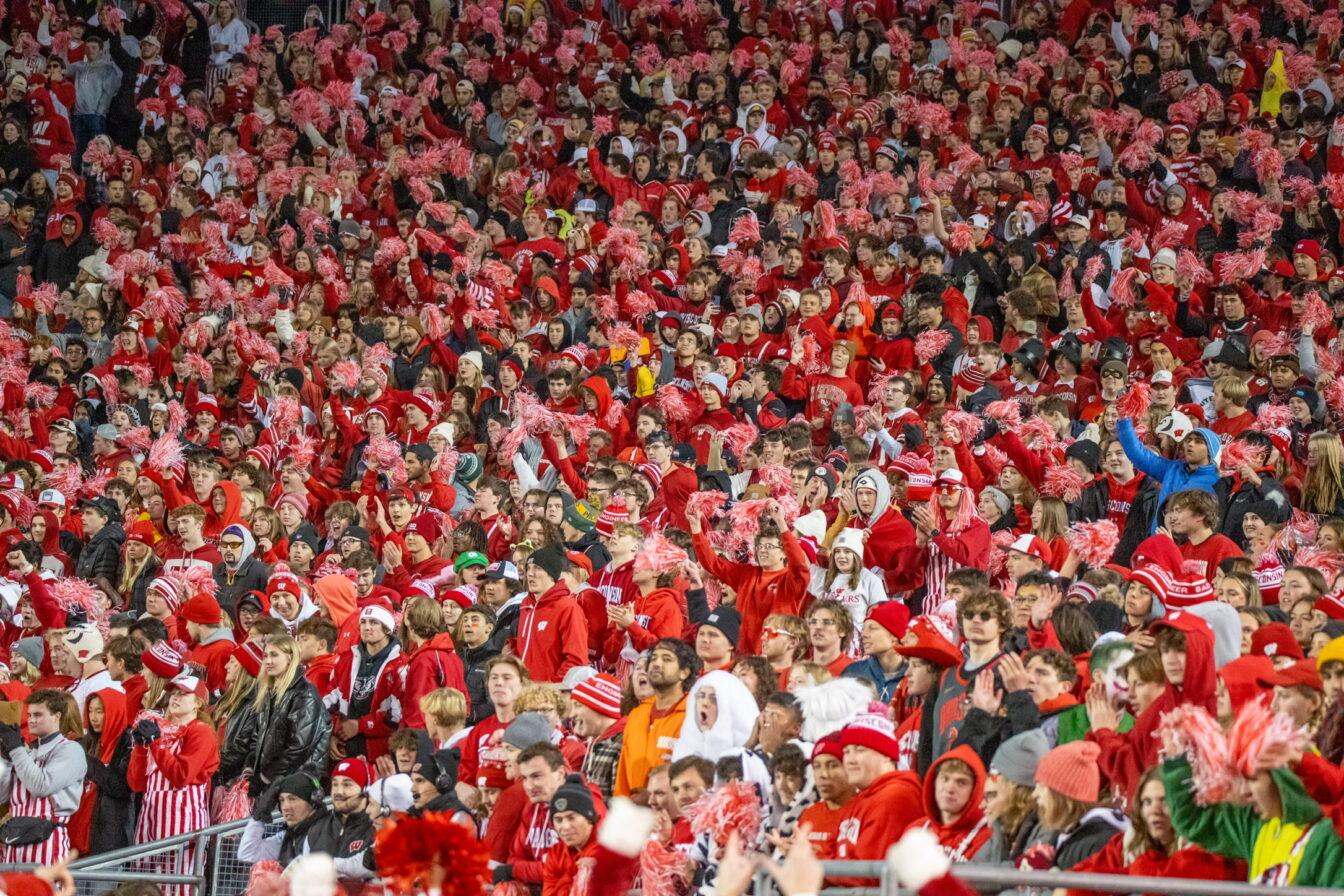TAMPA, Fla. ? One of the major underpinning elements of Tennessee?s victory in the Outback Bowl was the fad gridiron theory du jour, a ?spread offense.? While the Volunteers? use of this primitive game plan reeked of loose customization ? namely a screen ? and shovel-happy adaptation tailored to quarterback Erik Ainge?s low-caliber arm, the pass-aggressive theory still proved much of the Badgers? demise, as it allowed an otherwise mundane squad to accumulate 21 points.
In a larger and certainly more tragic sense, however, it is proving the demise of chalkboard college football. A barbaric scheme that demands little more than the lobbing of multiple wide receivers downfield, the spread offense is so thoroughly obsessed with isolating individual physical mismatches and defeating multi-tiered coverage schemes that it not only renders the weight room paramount, but also the film room moot.
As the 2007 season evidenced time and again, David has no finer slingshot than the spread offense. Appalachian State rode this theory cleanly into Michigan?s temple, and it has shown to be even more potent when utilized by the Goliath likes of BCS Conference contenders. A little speed on the end and one or two inferior cornerbacks are all it demands ? a rushing quarterback seems little more than an added bonus.
Yet, if this seems simplistic relative to the fabled X and O schemes of collegiate coaching greats, such is merely because it is a haven of bumbling intellectual inferiority. No other viable game plan is so thoroughly dependent on sheer physical attributes and apparently immune to cerebral density; speed triumphs over cunning with the spread offense.
This would hardly be troubling if not for the deeper lesson it instills in the world of college football ? the breed of gridiron contenders allegedly suited up so they may conquer the books first and the end zone second are subliminally reminded they may run wild in an oft-backward culture tending to favor the size of one?s calves to the size of one?s head. The spread offense is too perfect for those students estranged from the classroom and infatuated with the track.
Perhaps most telling of this troubling reality is the roster of schools currently utilizing the fad passing mechanism, juxtaposed to a list of academic institutions running more traditional offensive schemes. While there are certainly outliers and exceptions on both sides, it bears noting that some of the spread offense?s biggest proponents are West Virginia, Auburn, Hawaii and, yes, Tennessee.
U.S. News & World Report?s most recent academic rankings ? admittedly a flawed litmus test of colleges? academic prowess, but also the best such measuring stick readily available ? qualifies both the Mountaineers and Warriors as hailing from third tier national universities. The Tigers and Volunteers weigh in as being tied for the 96th national university.
Conversely, many of those institutions running more traditional offensive playbooks, helmed by head coaches noted for their genius-like implementation of strategic game plans, fare better by the magazine?s rankings. Notre Dame comes in as the No. 19 school in America, Michigan claims No. 25 and Wisconsin is not far behind at 38.
To be sure, the brightest athletes don?t always go to the best schools ? any number of Academic All-Americans likely would pass up an offer to transfer to Stanford. And just as some spread-offense institutions rate high academically (the University of Illinois is tied with Wisconsin), there are plenty of non-spread football teams carrying notoriously light academic loads.
But America?s long-running obsession with college football, a peculiar amalgamation of fandom and admiration, ought not survive an illegitimate affair with this offensive scheme. Better football is played on Sundays, and brighter individuals take to the television screen before Alex Trebek every evening. The underlying appeal of university pigskin brawls is that they feature both physical and mental greatness ? young men cramming Socrates one day are executing double reverses the next. For students, it is a symbol of their school?s overall excellence, for alumni it is a reminder of their alma mater?s greatness, and for fans it is a spectacle unlike any other.
Unfortunately, the Outback Bowl?s winning locker room featured no such spectacle.
Mac VerStandig, an alumnus of the University of Wisconsin, is a former editor in chief of The Badger Herald and spent two years covering women?s tennis for its sports desk. He is currently a second year student at the University of Miami School of Law and can be reached at [email protected].







